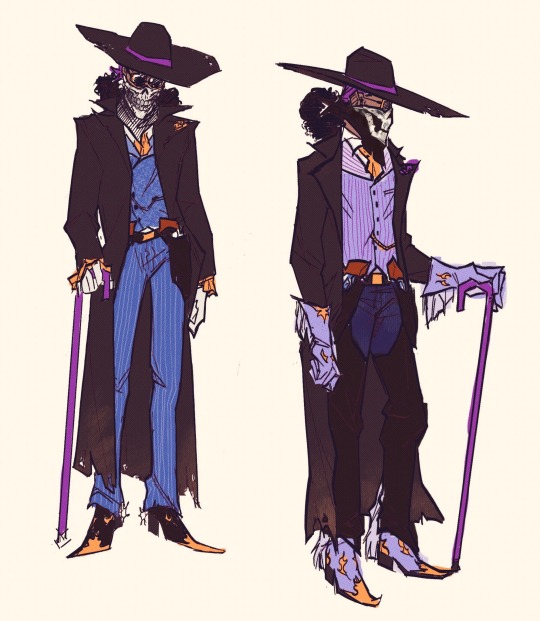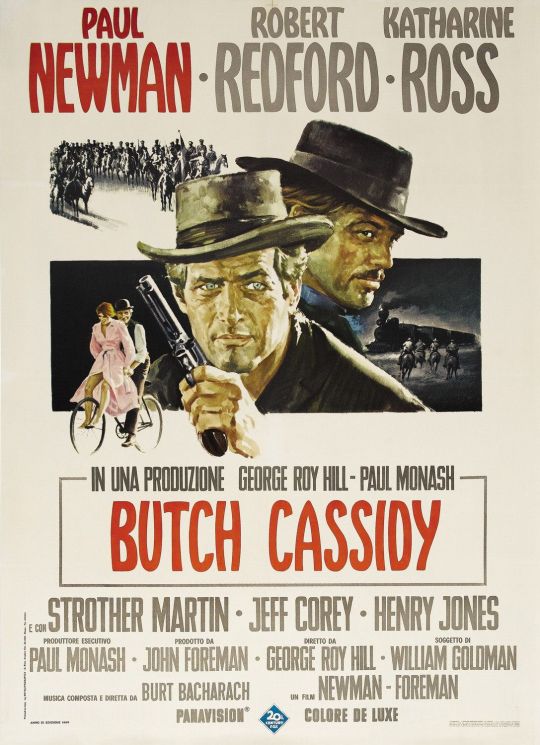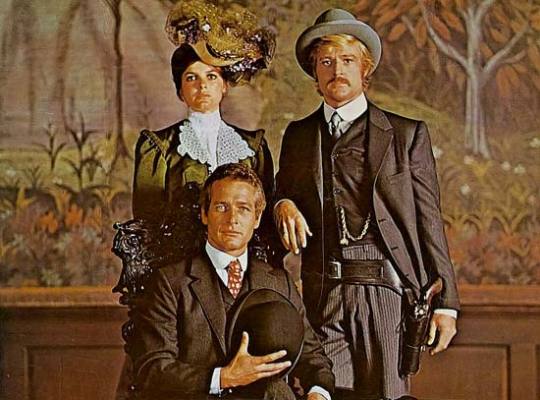#his old gang was a traveling music group that did a couple robberies for fun
Text


The Humming Gunslinger, Brook — the West's most notorious bank robber with a trick up his sleeve if you try to disarm him
#cowboy au#tried doing a 'readmore' on the last cowboy au post and my phone shit itself#so this time you're getting all the lore in my tags <2#brook is a bank robber but he is also still a musician#his old gang was a traveling music group that did a couple robberies for fun#but they were ruthlessly hunted down and most all of them killed by the law enforcement#brook was counted among the dead but he was just out cold and left where he was#now he's wandering the west looking for his gangs old pet bison#(Laboon)#instead of brook being haunted by 50 yrs of separation instead he's got a foggy memory due to the ambush#also i uh. couldn't figure out how to put his hair under his hat so. he's wearing a durag under there#BROOK NEEDS TO WEAR MORE PURPLE#me designing brooks outfits: i am going to put so much white and purple in this#oda designing brooks outfits: *puts him in black and then throws four of the most clashing colors you've ever seen together#anyway#my art#art#one piece#op#brook#humming brook#western au#fanart#redesign
2K notes
·
View notes
Text
Butch Cassidy and the Sundance Kid (1969); AFI #73





The next film for review is one of my very favorite Western style films, Butch Cassidy and the Sundance Kid (1969). This is an incredible film that is directed by George Roy Hill and stars the charismatic colossi Paul Newman, Robert Redford, and Katharine Ross. The film won four Academy Awards including Best Editing, Best Cinematography, Best Score, and Best Song. The AFI ranked the male duo #20 on the 100 Greatest Heroes list and the movie was ranked the 7th greatest western despite arguably not really being a Western but a semi-biography that is set in the Old West. As American as this film is, it actually did the best at the BAFTAs where it won 8 awards from 9 nominations and swept the major awards including Best Film, Best Direction, Best Actor (Robert Redford), and Best Actress (Katharine Ross). Before singing any more of the accolades for the movie, let me break down the plot. Of course that means...
SPOILER ALERT!!! THIS MOVIE IS GREAT AND DESERVES TO BE WATCHED AND NOT SPOILED!!! STOP READING AND WATCH THE FILM IF YOU HAVEN’T ALREADY!!! IT IS GREAT TO WATCH FIRST AND THEN COMPARE TO HISTORY AFTER SO GIVE IT A TRY!!!
The film is set In 1899 Wyoming, and begins with a quick sepia toned introduction to the characters. The major players are the quick talking Butch Cassidy (Paul Newman) and the quiet and short tempered Sundance Kid (Robert Redford). The color corrects and the two are riding together back to see their gang and it turns out that one of the other men wants to take over. Butch wins in a fight for the gang leader position by cheating along with the help of Sundance keeping the others at bay. Butch retains his job but he does like Harvey’s idea to rob the Union Pacific train. This robbery takes place with a comical interaction between Butch and an accountant/safeguard named Woodcock. The robbery goes well and the two celebrate at a whore house while watching the local sheriff try to enlist men for a posse.
This is the end of act 1 and it is punctuated by a musical number. This happens throughout the film. Butch rides a bike around to try to impress the lover of Sundance, Etta Place (Katharine Ross), after stealing her away in the morning before the Kid wakes up. It is quite unusual and stands out from the rest of the film as Butch is not the love interest of the woman and the bike does not show up again. The music number is “Raindrops Keep Falling on My Head” by Burt Bacharach with an almost Benny Hill style circus outro. It really exemplifies the experimental nature of the film as the scene would likely have been cut today.
The train robbery went so well that the gang tries it again, but this time everything seems to be going wrong. Woodcock is coincidentally guarding the safe again and one of the passengers starts mouthing off. Butch is able to get into the safe car, but the safe is much thicker forcing him to use a bunch of dynamite to break it. He uses too much and blows up everything sending paper money blowing around in the breeze. To make matters worse, another train pulls up releasing a posse hired by the owner of Union Pacific. This posse kills two of the gang and chase Butch and Sundance into the mountains and the two can’t seem to lose them. They finally are able to jump off a cliff into a river and escape back to Etta. The two are worried that the posse is still coming so they take Etta and go to South America. Cue the end of act 2 so we have a fun musical travel montage.
This is a travel montage shown through sepia tone still photos of the three going to New York and seeing the town before catching a boat south. Again, the music is far out of place for the genre and only works because of the overall experimental feel of the film. It is a very short interlude in slide show format and carnival music, but it does the trick and brings the group to Bolivia.
On arrival, Sundance is not impressed at the conditions. They try to rob banks and are at first held back because of an inability to speak Spanish. Etta teaches them and the two men rob banks becoming known as Los Bandidos Yanquis (American Bandits). Here is another music interlude of all the successful robberies set to pleasant choir music that sounds like something out of an industrial instructional film, which tells the audience the mood is again about to change. After a while, Sundance becomes paranoid because he sees a man that looks like the leader of the posse that drove them out of America and the two decide to go straight and get jobs guarding the payroll instead of robbing it. Unfortunately, the are held up on their first job and Butch is forced to kill which he reveals he has never had to do before. Butch wants to have one more big score and Etta heads back north, sensing trouble with a return to crime, while Butch and Sundance complete a “jungle robbery” of the payroll.
The robbery is a success and the two take the money and the mule to carry it. This is a mistake because a local kid recognizes the brand on the mule and tells the police who also inform the Bolivian military. This is bad news for Butch and Sundance as they are pinned down in a small church by what seems to be a hundred Bolivian men. Butch makes a run for the ammo but both are shot in the attempt and it seems there is no way out. The two continue to banter about going to Australia after leaving Bolivia, but they both know they are done. They load up their guns the best they can and run out into the massive volley of fire and the frame freezes not revealing the final fate of the two. Roll credits.
This seems like a strange way to end a movie, but it mirrors the unknown fate of the real Butch Cassidy and the Sundance Kid. The whole movie is pretty historically accurate as far as what is known about the lives of the three main characters, but the musical interludes and the quippy dialogue make the film feel much more fictional. The movie is also split into definitive chapters with music breaks so it really has good pacing. Fine visual story telling.
There is a strong connection between Paul Newman and Robert Redford, which is apparent throughout the film. Paul is the amiable people-person who likes to talk and be friends with everyone while Robert liked to keep to himself and was all business. It just worked well. Director George Roy Hill used this dynamic again when he had both men star together in The Sting, which was even more successful and garnered 7 Academy Awards. A great connection and an example of a cinematic “bromance” in which two lead male characters act almost like a married couple.
The film seems to be strongly inspired by the works of Sergio Leone like A Fist Full of Dollars; For A Few Dollars More; The Good, The Bad, and The Ugly; and Once Upon A Time in the West. It takes the western film and gives a more complicated plot, more stylized cinematography, and great soundtrack. The Leone films were shot in Italy and didn’t have all the restrictions that American films had in the 60s, so Hollywood looked to these films for content ideas when the Hayes code was finally replaced by the MPAA rating system in 1969. The major difference was American film makers had access to big name Hollywood actors and the actual American west. Also, Leone hired Ennio Morricone who used period piece instruments to give each character a theme while Butch Cassidy and the Sundance Kid was scored by a hipster and then shot in a way to try and incorporate the music.
In American film history, the year 1969 was very experimental with the Civil Rights movement and the “free love” hippies affecting the box office draw at the same time. The former group preferred a more realistic filming approach while the latter wanted a more psychedelic fantasy. Many of the films blended both and America ended up with The Wild Bunch, Butch Cassidy and the Sundance Kid, Midnight Cowboy, and Easy Rider. It was a year of genre mixing and experimentation that makes for some fascinating film watching. Really embodies the turmoil of the country and the new age of Hollywood films.
So should this film be on the AFI 100? Of course. It was experimental, influential, fun, and fascinating. It was perhaps the first “bromance” in Hollywood and a well established part of Americana. It also showed that context is completely unnecessary for a song to work in a film. Would I recommend it? How could I not? It is one of the few films that I have seen more times than I can count and still have not had to check the time while watching it. It is fun from beginning to end (sometimes weird, sometimes funny, sometimes dramatic action) and gorgeous to look at. It is a little anachronistic and abrupt with the music interludes, but engaging and enjoyable throughout. Definitely a film on the list that is more than just a time capsule or a lesson in film making (although it is that as well).
#paul newman#robert redford#katherine ross#butch cassidy and the sundance kid#westerns#1969#hollywood#introvert#introverts#bromance#best song#Oscar winner#afi films
25 notes
·
View notes